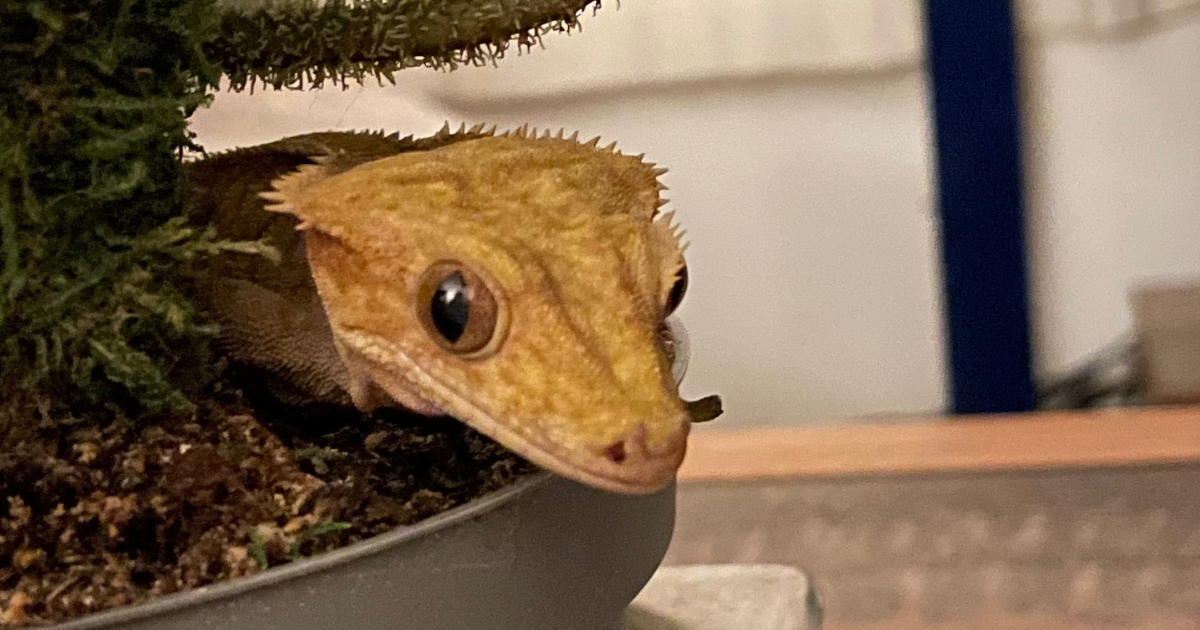
How We Work
Our Structure
SAFEHerps is a mutual-aid network of community members. We are nonhierarchical. We are guided by our mission, values, and code of conduct. All work is done by community members donating their time, money, or other resources. We do not have a physical location at this time.
Services We Provide
The services we provide or will provide are based on the capacity and availability of exchange members. Ideally, we aim to provide the following:
Stabilization to help keep pets in homes with their loving guardians
Rehoming and pet swaps
Accepting surrenders
Fostering surrendered animals
Facilitating adoptions
Providing transportation
Exchanging supplies
Why Mutual Aid?
All companion animal rescue is challenging and difficult to maintain both financially and emotionally. Herp rescue is all that, and so much worse, for many reasons.
Reptile care is complex. Herps have many specialized needs: for humidity, light, temps, foods that aren’t readily available like dog and cat food, etc. There’s great diversity of specialized needs: A tree frog needs something entirely different from a crested gecko or a savannah monitor.
Reptile care is often poorly understood. Herp husbandry education is not always readily available to potential guardians they’re considering getting a reptile/amphibian. Unfortunately, breeders, rescues, stores, and expos don't readily offer up-to-date practices.
Reptiles are not as portable as mammalian pets, which means that disruption in the guardian’s life (such as loss of housing) can more quickly lead to the need to rehome pets.
Guidelines for reptile care, such as enclosure size, have been upgraded in recent years, which means the cost of setting up proper enclosures has sharply increased — and the reptile industry is still very much struggling to catch up with these new guidelines. That means many pet herps are improperly housed, and those wanting to own a reptile have to consider making a very significant investment.
Vet care is less accessible, although Tucson is lucky to have several exotic pets.
Reptiles do not vocalize pain like cats, dogs, or hamsters. This makes it really easy for careless and/or uninformed owners to allow their animals to sicken dangerously before dumping them. And a sick or deformed animal has a harder time making it into a good home.
Reptiles live a long time. Crested geckos can live for 20 years. Sulcata tortoises can live for 80 years. Their long lives mean they’re exposed to many more moments where rehoming is necessary, due to changing circumstances in their guardian’s lives.
Reptile rescue is expensive. Not that dog/cat rescue is easy, but at least there’s funding available for dog/cat spay/neuter programs. We don’t spay/neuter reptiles, so there is no equivalent funding available for reptile rescue. Those with experience have testified to the financial madness of attempting to run a reptile rescue nonprofit.
No one should sacrifice themselves by trying to address the countless harms caused by the exotic pet trade – one that brutally treats herps as commodities and people as suckers.
Traditional animal rescue in the herpetofauna space is incredibly financially challenging. But someone needs to help reptiles and amphibians. So we’re trying this model as an alternative.
Does this sound like something you want to be a part of? Sign up to become a member of SAFEHerps and start helping pet reptiles and amphibians!